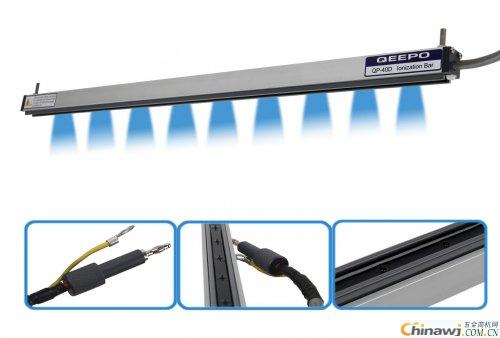1. **Static Safety Workbench**
A static safety workbench is a fundamental element of an anti-static work area. It typically includes a workbench, an anti-static mat, a wrist strap connector, and a grounding wire. The anti-static mat should have at least two wrist strap connectors—one for the operator and another for technicians, inspectors, or other personnel. In some cases, an ionized air static eliminator may be added to the workbench to neutralize static charges on non-conductive surfaces. It's important to avoid placing items like plastic boxes, rubber, cardboard, or glass on the workbench, as they can generate static electricity. Documents and materials should be stored in anti-static bags to ensure proper protection.
2. **Anti-Static Wristbands**
Anyone handling electrostatic-sensitive devices must wear anti-static wristbands. These wristbands should make good contact with the skin, be comfortable, and not cause irritation or allergic reactions. The resistance of the wristband system to ground should be between 10^6 and 10^8 ohms to ensure safe dissipation of static electricity.
3. **Anti-Static Containers**
During the development and production of electronic equipment, all containers used for storing and transporting static-sensitive components (such as component bags, transfer boxes, printed circuit boards, and storage boxes) must have anti-static properties. Metal or regular plastic containers are not recommended. If necessary, the storage container should be grounded to prevent static buildup.
4. **Ion Wind Static Eliminators**
These devices are used to remove static charges from the surface of insulating materials. They work by generating a stream of ionized air that neutralizes static electricity, making them essential in environments where static control is critical.
5. **Anti-Static Coveralls**
Personnel entering the anti-static work area or handling sensitive components should wear anti-static coveralls. The fabric should meet the requirements outlined in GB 12014. In environments with relative humidity above 50%, pure cotton clothing may be acceptable as it helps reduce static buildup.
6. **Anti-Static Footwear**
All personnel entering the anti-static work area or handling SSDs should wear anti-static shoes that comply with GB 4385 standards. While regular shoes may be allowed, they should be paired with conductive shoe inserts or heel straps to ensure proper grounding.
7. **Anti-Static Transport Vehicles**
When transporting SSDs or components containing SSDs, it is essential to use vehicles equipped with anti-static features. This ensures that static charges do not accumulate during transport, reducing the risk of damage to sensitive electronics.
 This comprehensive approach to electrostatic protection is crucial in maintaining product quality and preventing damage caused by static discharge in electronics manufacturing.
This comprehensive approach to electrostatic protection is crucial in maintaining product quality and preventing damage caused by static discharge in electronics manufacturing.
 This comprehensive approach to electrostatic protection is crucial in maintaining product quality and preventing damage caused by static discharge in electronics manufacturing.
This comprehensive approach to electrostatic protection is crucial in maintaining product quality and preventing damage caused by static discharge in electronics manufacturing.O Rings And Seals,Radial Shaft Seals,Ptfe Seal Ring,O Seals
Shanghai Enactus Industrial Co., Ltd. , https://www.enactuseal.com
